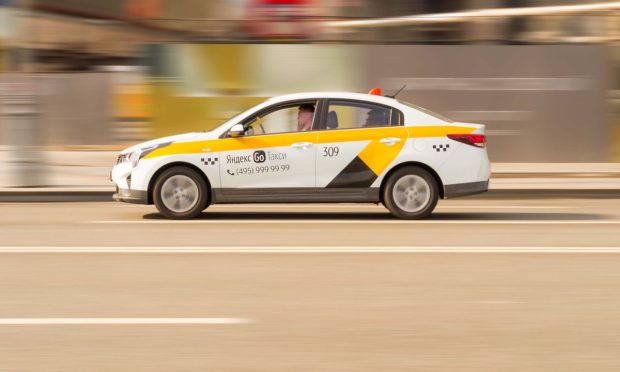Uber Speeds Up Sale of Stake in Moscow’s Yandex Taxi

Uber will be speeding up the sale of its stake in a taxi joint-venture with Yandex, a Russian internet search company, in the wake of the Russian war taking place in Ukraine, Bloomberg reported Monday (Feb. 28).
The ride-hailing titan will also take Uber executives out of the Yandex.Taxi board.
According to the report, Uber has said a single non-executive representative will keep overseeing the rest of the divestiture. Last week, the ride-hailing giant also paused operations in the nine cities where it operates in Ukraine.
“In light of recent events, we are actively looking for opportunities to accelerate the sale of our remaining holdings and, in the meantime, will remove our executives from the board of the joint venture,” said Uber spokesman Noah Edwardsen, who added that Yandex isn’t a state-owned company and there’s no sanctions on it right now.
Uber has a stake of 29% in the venture, valued at around $800 million at the end of 2021. Yandex bought out Uber’s interest in a number of joint ventures like Yandex.Eats, Yandex.Lavka and Yandex.Delivery as of last August.
That restructuring also took Uber’s shares in MLU, the companies’ mobility-focused venture, down a notch. That venture included the taxi, car-sharing and scooter rental businesses.
As many companies begin to distance themselves from Russia, Uber is also undergoing other changes at home, trying to build back its workforce after the pandemic depleted it.
See also: Uber Tests Pay Redo to Woo New Drivers
The company has rolled out a new algorithm which will let drivers observe pay and destinations before they accept trips.
That will hopefully allow drivers more incentives to take shorter rides, and, in the long run, attract more drivers. The changes are currently just in pilot form, and are the biggest ones made to the Uber driver payment algorithm in years.
Uber’s new features are also a capitulation to driver’s demands for such features in the last several years. Many drivers wanted to be able to see their fare levels and destination before accepting a trip, which was rejected in the past as Uber felt it would encourage drivers to be too picky and possibly neglect some neighborhoods.